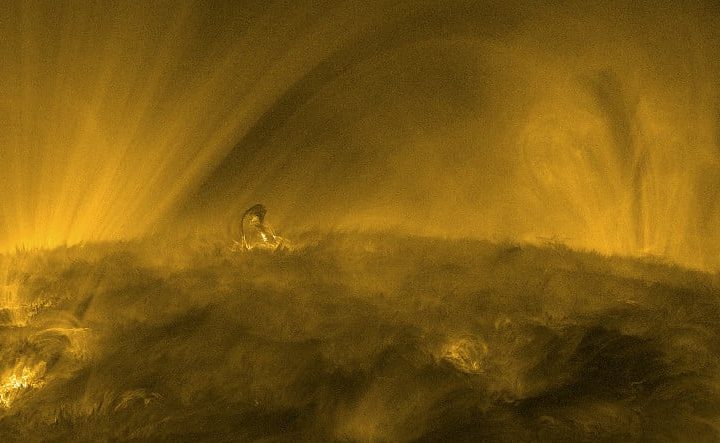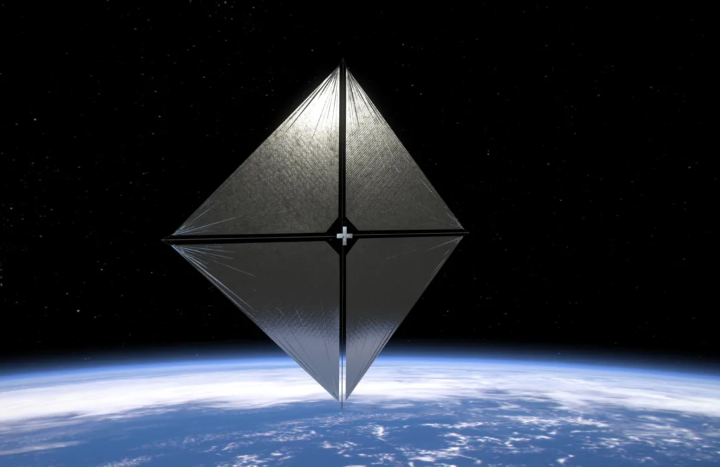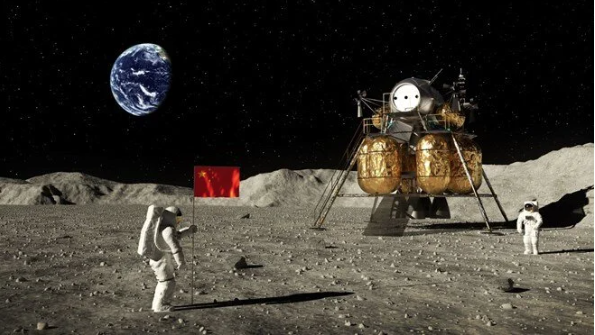The Hubble Space Telescope, named after the famous astronomer Edwin Hubble who lived in the 1920s, became our low Earth orbiting observatory on April 24, 1990. The James Webb Space Telescope gave us an opportunity to understand the difference through comparisons.
The Hubble Space Telescope’s cameras looked across our solar system and beyond, and with every picture it sent back, it opened the horizons of scientists. Thanks to it, we were freed from the constraints of observatories on the ground and began to notice things we couldn’t see from Earth. We also used the data to learn that the rate at which the Universe is expanding is actually accelerating due to some mysterious force known as dark energy.
The Hubble Space Telescope sent us its first images on May 20, 1990. But the first images it sent back to Earth were blurry. It took NASA three years to solve this problem. The first service team sent in replaced the telescope’s main camera with a new one. After that, we identified the most distant galaxy ever detected.

Hubble is still a great tool for astronomy and will continue to give us information for years to come. But over time, astronomers wanted more. That’s why today we have the James Webb Space Telescope. You’ve probably seen the first stunning images that the James Webb Space Telescope sent us. If you are not an experienced eye, these images may not have made much difference to you. But when you compare the old and new images, you’ll realize just how impressive the difference is.
The Difference is Impressive
First, take a look at this side-by-side image of the SMACS 0723 galaxy cluster, showing dozens of galaxies 13 billion light-years away. SMACS J0723.3-7327 (short: SMACS 0723) is a cluster of galaxies in the constellation Flyfish with a comoving distance of approximately 5.12 billion light-years.

Another image for comparison is shown below. The “Ring Nebula” is a planetary nebula in the northern part of the constellation of the Strings, cataloged as Messier 57, M57 or NGC 6720. The image obtained by James Webb is bursting with new stars. It also shows never-before-seen firmaments of gas and dust and how the dying star vibrates matter in its final agonies.

James Webb’s sensitivity to much longer wavelengths allows it to see beyond the dust clouds that normally obscure stars, planetary systems and distant galaxies. This sensitivity can reveal the composition of exoplanets. Notice how clear the stars are in the infrared image of Stephan’s Quintet, a group of five galaxies, compared to Hubble’s optical observation.

Finally, the difference between the two images you see below is really impressive. The Carina Nebula you see in the image is composed primarily of hydrogen gas. The entire source of this gas, which is spread all over the Universe, is the Big Bang 13.7 billion years ago. This structure, which NASA calls the Cosmic Cliffs, is actually the inner edge of NGC 3324, also known as the Carina Nebula.

What is the Difference Between the James Webb Telescope and the Hubble Telescope?
This unprecedented resolution is the result of James Webb’s much larger light-gathering mirror, which is about 100 times more sensitive than the Hubble telescope. But that’s not the biggest difference between the two. The old friend Hubble telescope primarily observes in visible and ultraviolet wavelengths. Whereas James Webb, which was acquired with a budget of 10 billion dollars, sees in the mid and near infrared.

Of course, these images are just the beginning. We can’t wait to see more of the universe through the powerful eyes of James Webb.




